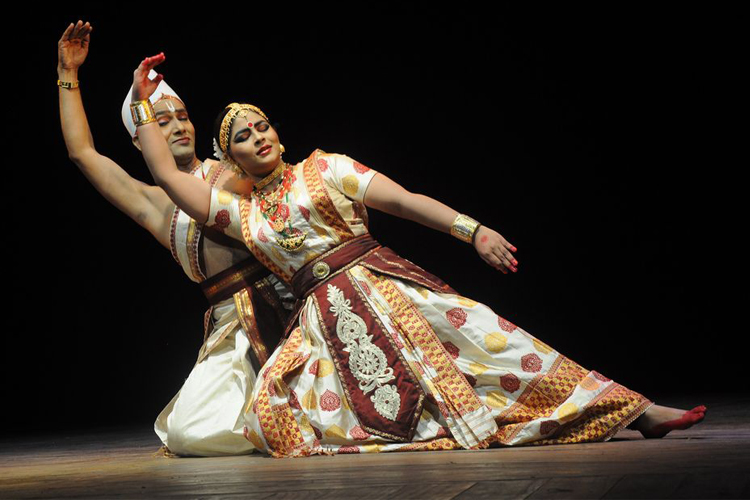Dance forms have always been one of the ancient and popular foundation of communicating diverse enthusiastic vibes of human through non-verbal communication. The rich Indian legacy brought forth various old style move frames in India. Of these the ones that depend on the otherworldly part of the Hindu folklore and are arranged with the songs of Vedic inception, the ragas, are commonly delegated the Classical Dances of India. There are in excess of a couple of such moves however among those ten are eminent as the old style conventional Indian dances.
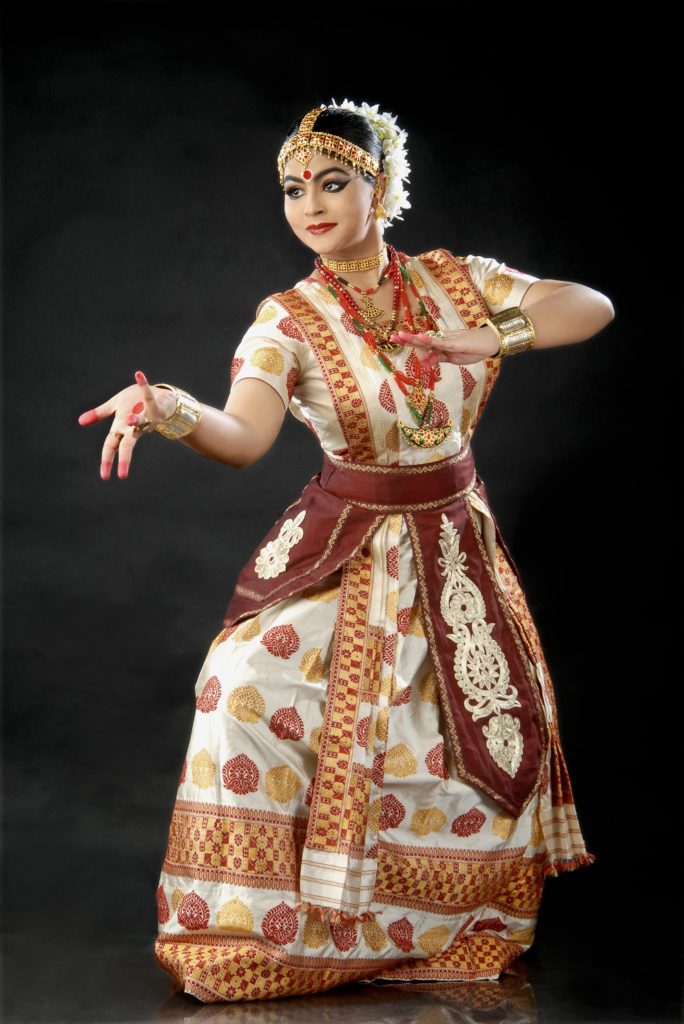
Sattriya is one of the celebrated Indian Classical Dance in the north-eastern region of the Indian sub mainland. The Sattriya Nritya is the first dance type of Assam. The dance form is basically a reverence to the Vasihnava order of Hinduism and the plays are predominantly devoted to the lives of Lord Krishna and Goddess Radha or their historical symbols Lord Rama and Goddess Sita.
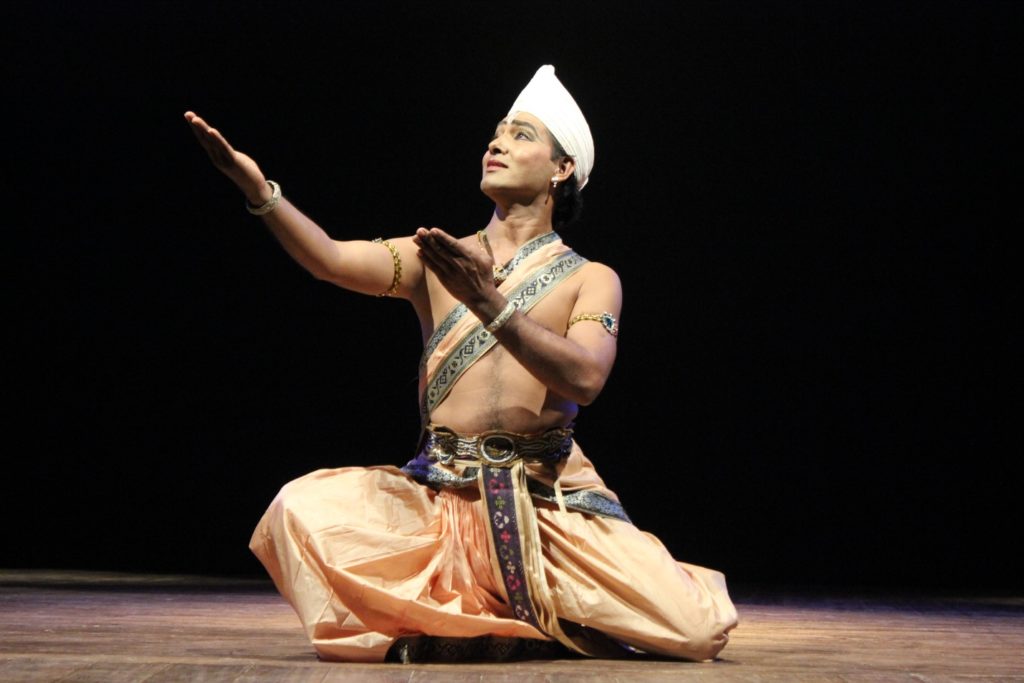
Origin of Sattriya
It is believed that the beginning of theater workmanship in India was crafted by God Brahma, the maker, was approached to give humanity a fifth Veda, which, in contrast to the four prior Vedas in Sanskrit, would be effectively comprehended by everybody. Brahma crafted the Natya Veda with the help of different divine beings and showed the mythic sage Bharatha who recorded his lessons in the Natya Sastra. It turned into the essential discourse of every traditional dance form in India and is apparently the world’s biggest and most far reaching workmanship manual. There are eight traditional dance forms in India based on the Natya Sastra. Sattriya, was perceived by the Sangeet Natak Akademi as the eighth old style move structure just in the start of the 21st century despite the fact that it was performed only by male priests in the Vaishnavaite communities known as Sattra for a long time. The priests or bhokots, as they were alluded, used to portray the legends of Lord Krishna from the Bhagavatha Purana in a move dramatization group as a major aspect of their every day ceremonies.
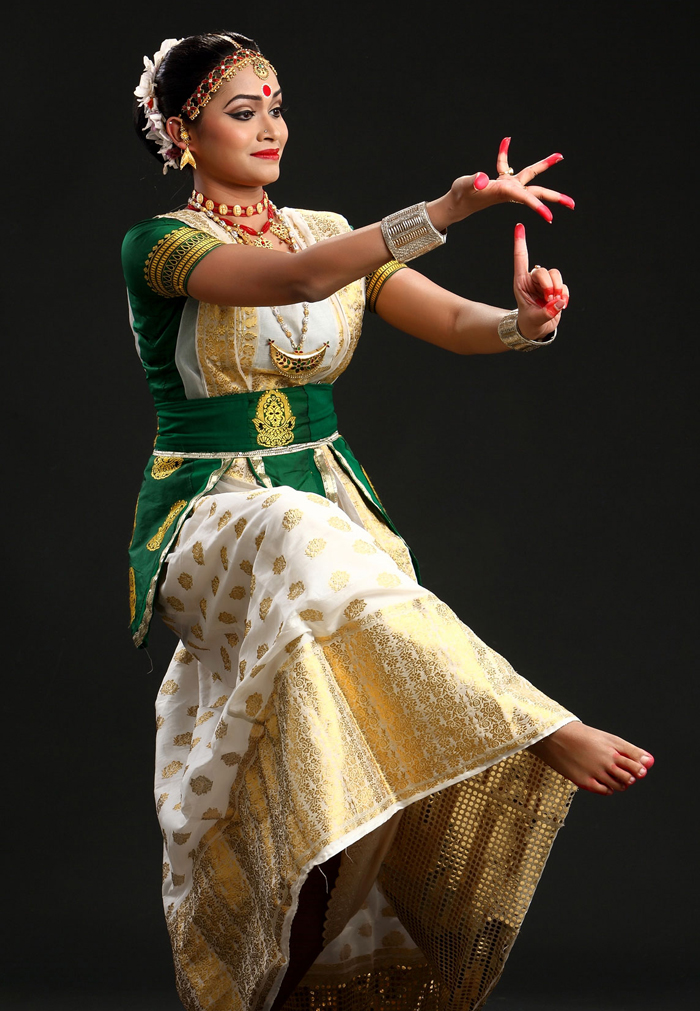
Music
Sattriya Nritya is joined by melodic creations called borgeets which depend on classical ragas. The instruments that go with a customary exhibition are khols (drums), taals (cymbals) and the flute. Different instruments like the violin and the harmonium have been late increases.
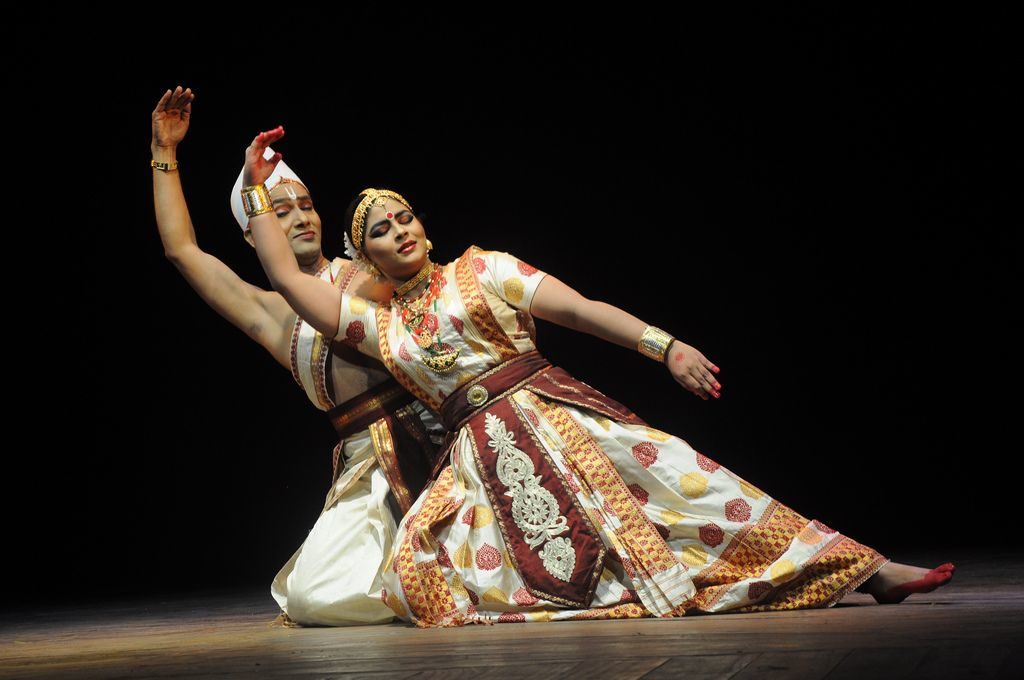
COSTUME
The outfits are typically made of pat – Assam silk which is fetched from the mulberry plant – and woven with unpredictable nearby themes. There are two kinds of outfits – the male ensemble involving the dhoti and chadar and the female outfit containing the ghuri and chadar. The abdomen fabric which is known as the kanchi or kingkini is worn by both the male and female artists. Traditional Assamese jewelry is adorned along with the costume.
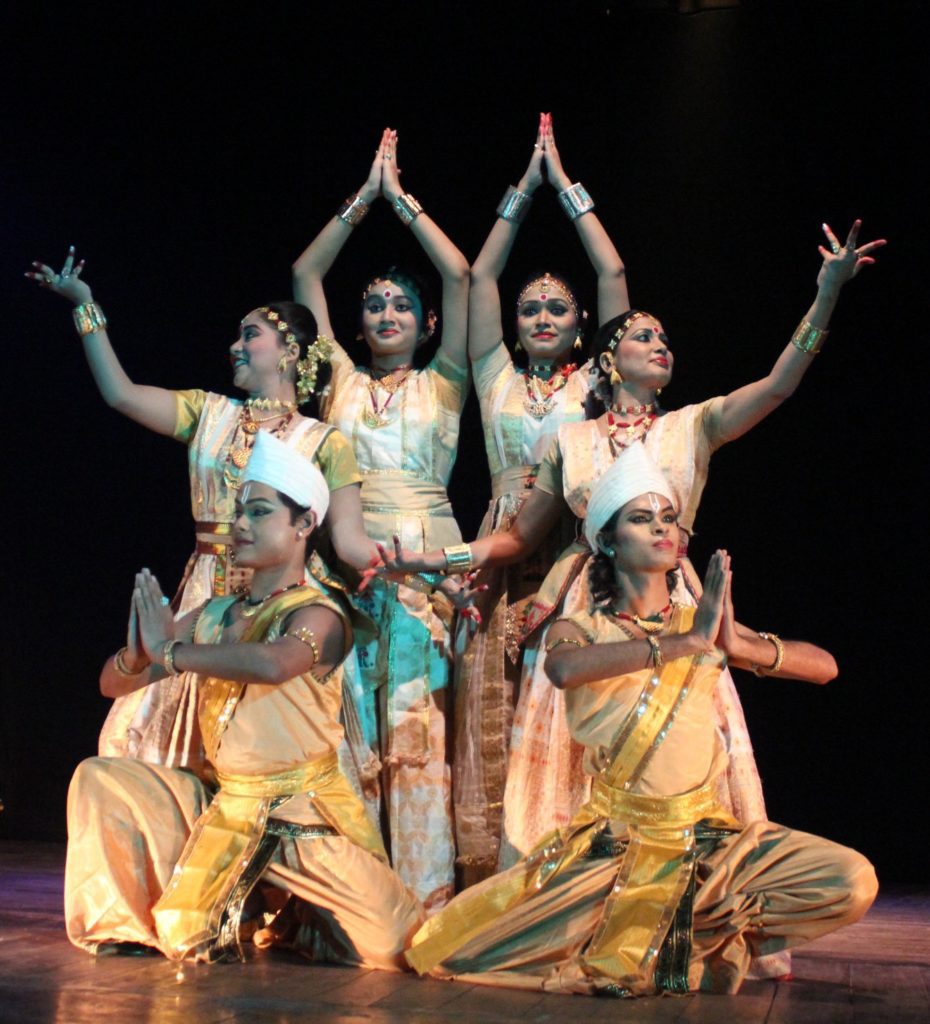
Dance Style
The Sattriya move can be characterized into two styles, specifically ‘Paurashik Bhangi’ for example Tandava or Masculine style and ‘Stri Bhangi’ for example Lashya or ladylike style. Six kinds of Anga (Limb), six sorts of Pratyanga, six kinds of Upanga (Lower appendage), nine unique kinds of Gatived (Movement), eight kinds of Dristived (Eye development), nine sorts of Shiraved (Head development), four sorts Gribaved (Neck development) are found in Sattriya move.


